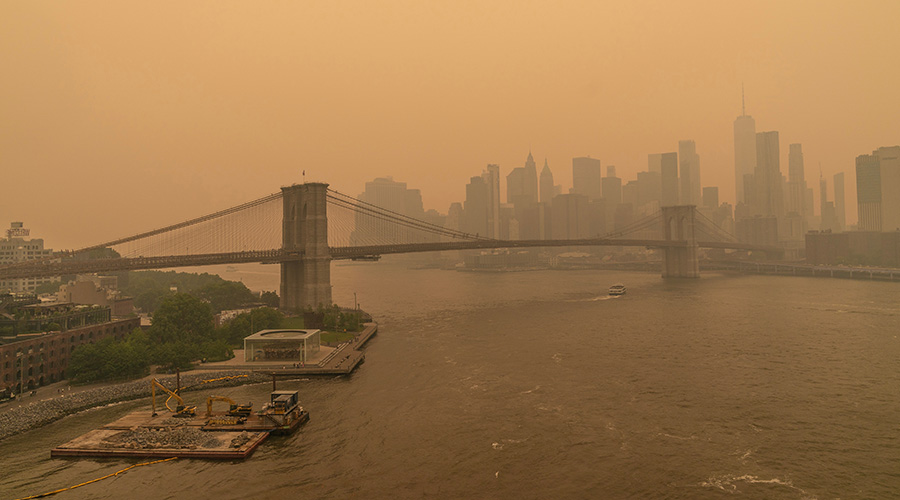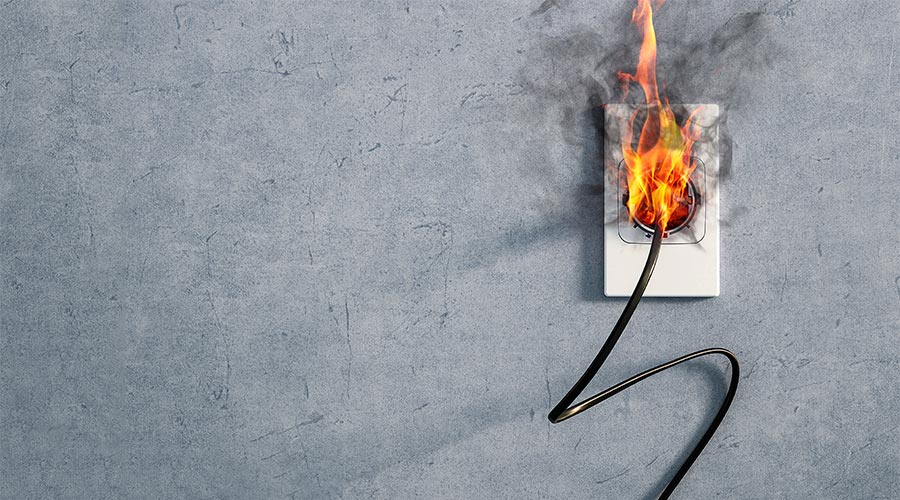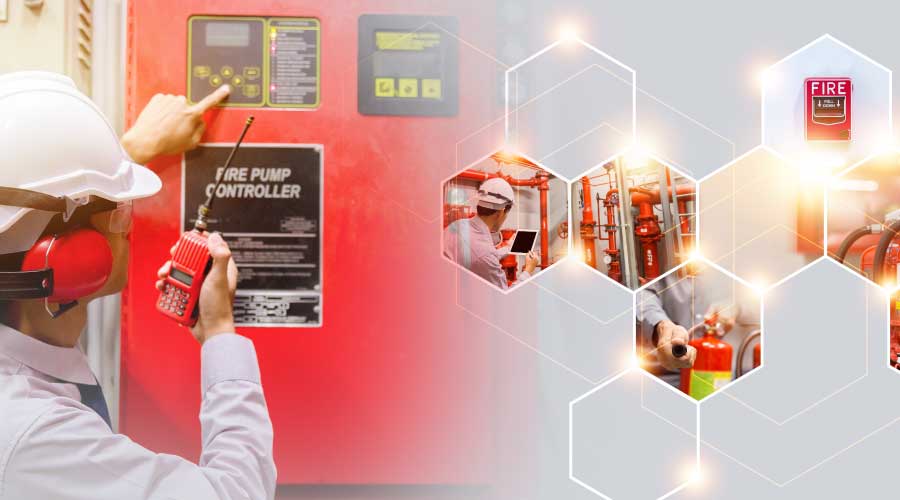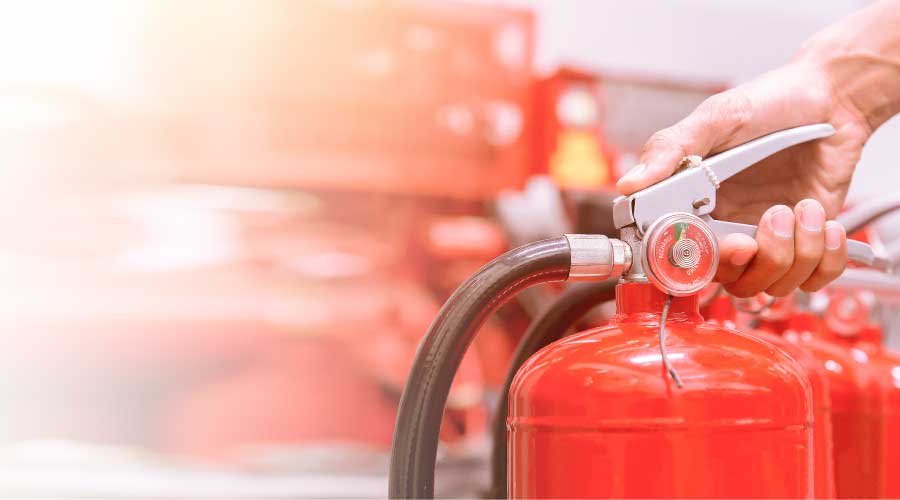Codes and Standards: Understanding NFPA 13
NFPA 13, Standard for the Installation of Automatic Sprinkler Systems bases its fire control approach on occupancy hazards associated with specific occupancies: light, ordinary, extra hazard occupancy classifications. The standard assumes a fire involving a particular fuel class and load will grow at a predetermined rate and intensity and will spread until it is confined by either the physical construction of the structure or operation of the fire sprinkler system. The area of fire spread corresponds to the empirically derived area where fire sprinklers are expected to activate and subsequently contain the fire, referred to as the “design area” or “hydraulically most-remote area.” The simultaneous flow of sprinklers within the design area produces a hydraulic demand of both the flow of water (gallons per minute - gpm) and the system pressure (pounds per square inch - psi) needed to produce the proper sprinkler discharge density and droplet pattern over the design area.
Neil P. Wu, PE, CBO, is a managing engineer at Exponent, Inc., a scientific and engineering consulting firm.
Related Topics:















